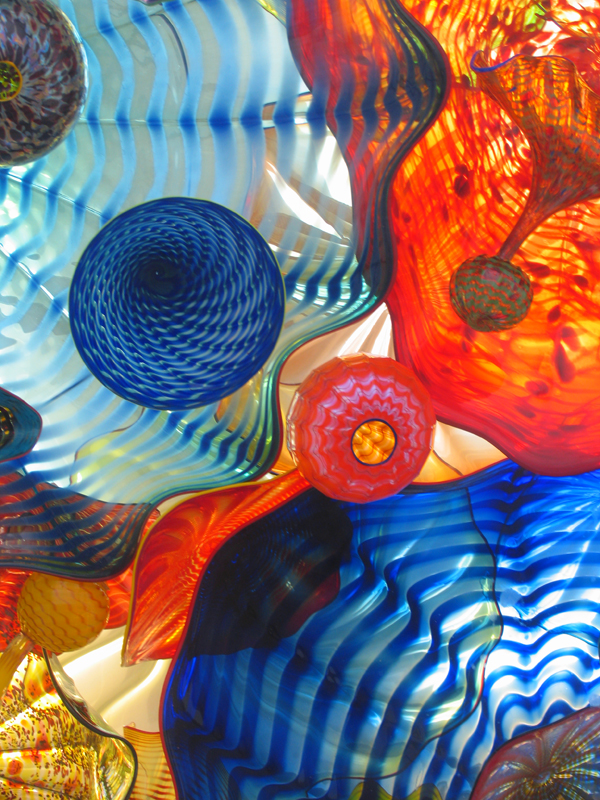
How should urban public space be used? This question has defined a recent debate in Seattle, where the City Council has solicited plans to develop property at the Seattle Center, specifically the space where sits a dilapidated amusement park called the Fun Forest.
If the choice is between a commercial and a non-profit enterprise, both of which promote arts development in the city, ideally the community oriented non-profit organization would triumph. But, issues of fiscal feasability will always defeat the desire for cultural enrichment driven by the community itself, especially when the city is suffering economically and has had to make recent budget cuts.
The main contenders were the public radio station KEXP (90.3 FM), which proposed to make the site its chief studio of operations and a performing-arts venue, and the Space Needle Corp., which proposed to turn the area into a museum exhibiting the works of glass artist Dale Chihuly, known for his sculptures and Tacoma operation.
On Sept. 15, a review panel hired by the city to evaluate the nine submitted proposals finally selected the Chihuly project as the best because it “would not cost the city any money and would attract tens of thousands of tourists in time for the 50th anniversary celebration of the World’s Fair in 2012,” according to The Seattle Times.
The KEXP project was not favored because of a likely lackluster monetary output. The panel voiced concern about KEXP’s ability to pay a minimum of $80,000 annual rent, and claimed that main drawback of the proposal was the radio station’s plan to convert much of the area into office space. Conversely, the Times reports that Chihuly is expected to bring in between $350,000-$500,000 over a 20 year period.
Frankly, the situation seems rather unavoidable because of the fiscal conditions that restrict the city’s good intentions in development, but the final decision won’t come from the mayoral office until later this fall. Preferably, KEXP would be awarded the space because it would attract an eclectic crowd of artistically forward-thinking people, who, by virtue of KEXP’s dedication to the Seattle area, would be residents, people with an invested interest in seeing the city’s arts scene flourish for its own sake.
As a radio station, KEXP hosts live local music and spectacular weekly shows, from Expansions — underground experimental dance rhythms and dubstep, (Sunday 9-12 p.m.) — to Wo’ Pop — fusion and folk rhythms blending music genres and sounds from all around the world (Tues. 6-9 p.m.).
But from the perspective of the city, which is restricted now by its economic standing, KEXP could not give the city what it needs from the project — i.e. money and no pull at the city budget — which would be leased out to the Space Needle Corp. since the Seattle Center lot is all city property.
Is there any way to avoid this kind of concession to private and commercial interests, and if so, what are the strongest reasons?
The Chihuly project would obviously focus on the work of Dale Chihuly, who has gained prominence on an international level. His visibilty would be an attractive asset for the space as a money-making venture marketed to tourists, who will makeup 70% of the expected visitors as per The Times.
Alternately, KEXP’s project would develop the music scene that formed in the city in the late 80s by pushing independent musicians and diverse musical styles onto a more visible stage.
Thus, in principle, the conflict is between artistic singularity and fame, and artistic plurality and discovery. The Space Needle Corp. already has its physical icon, and KEXP’s attempt to transform itself into a recognizable place-oriented organization will have to be tried again elsewhere. For now, money, not cultural ideals, determines how public urban space is used.
